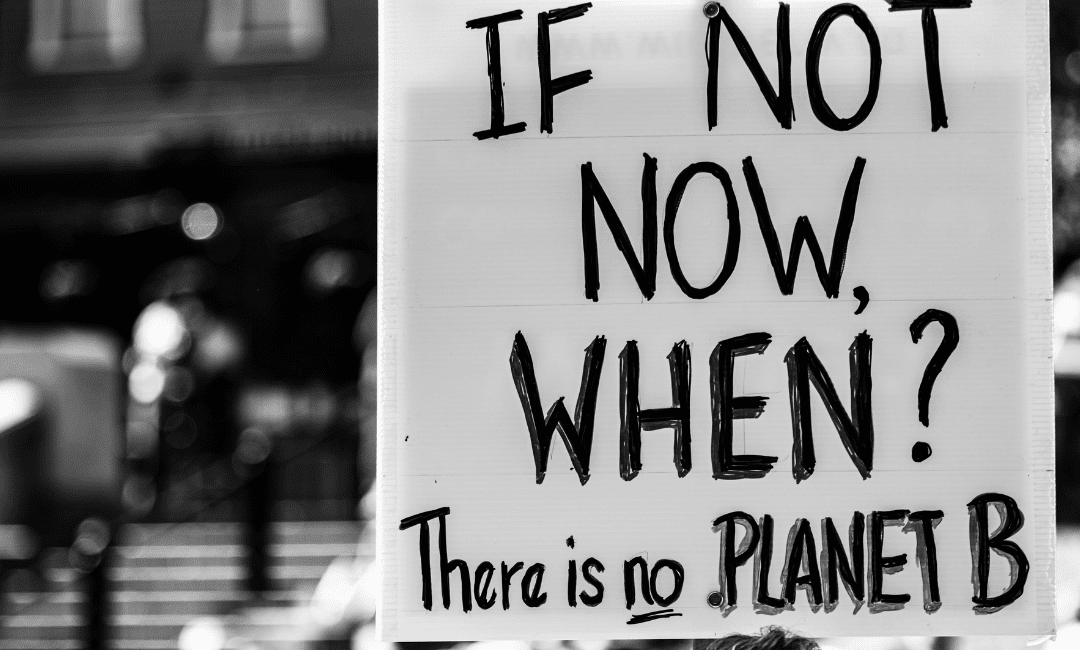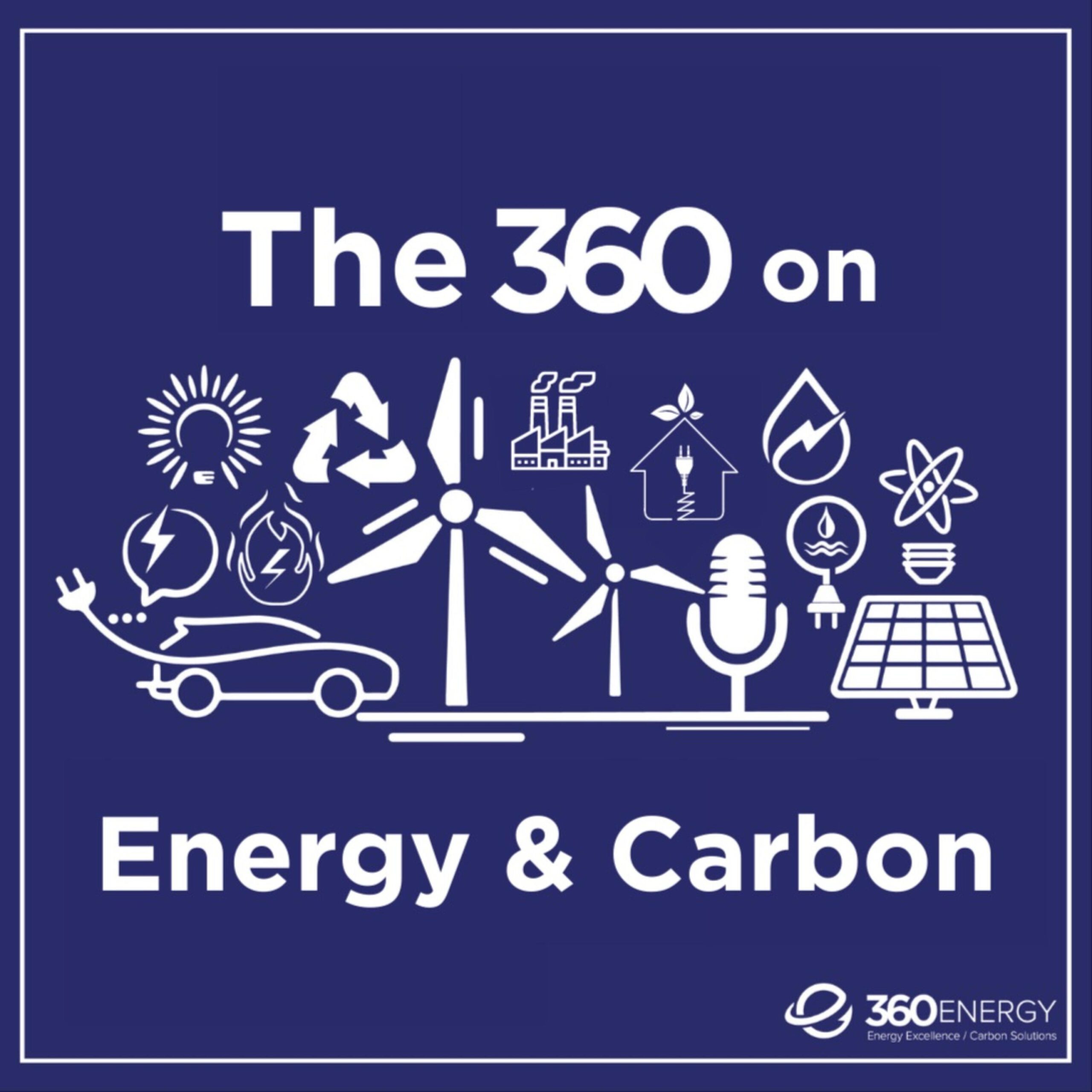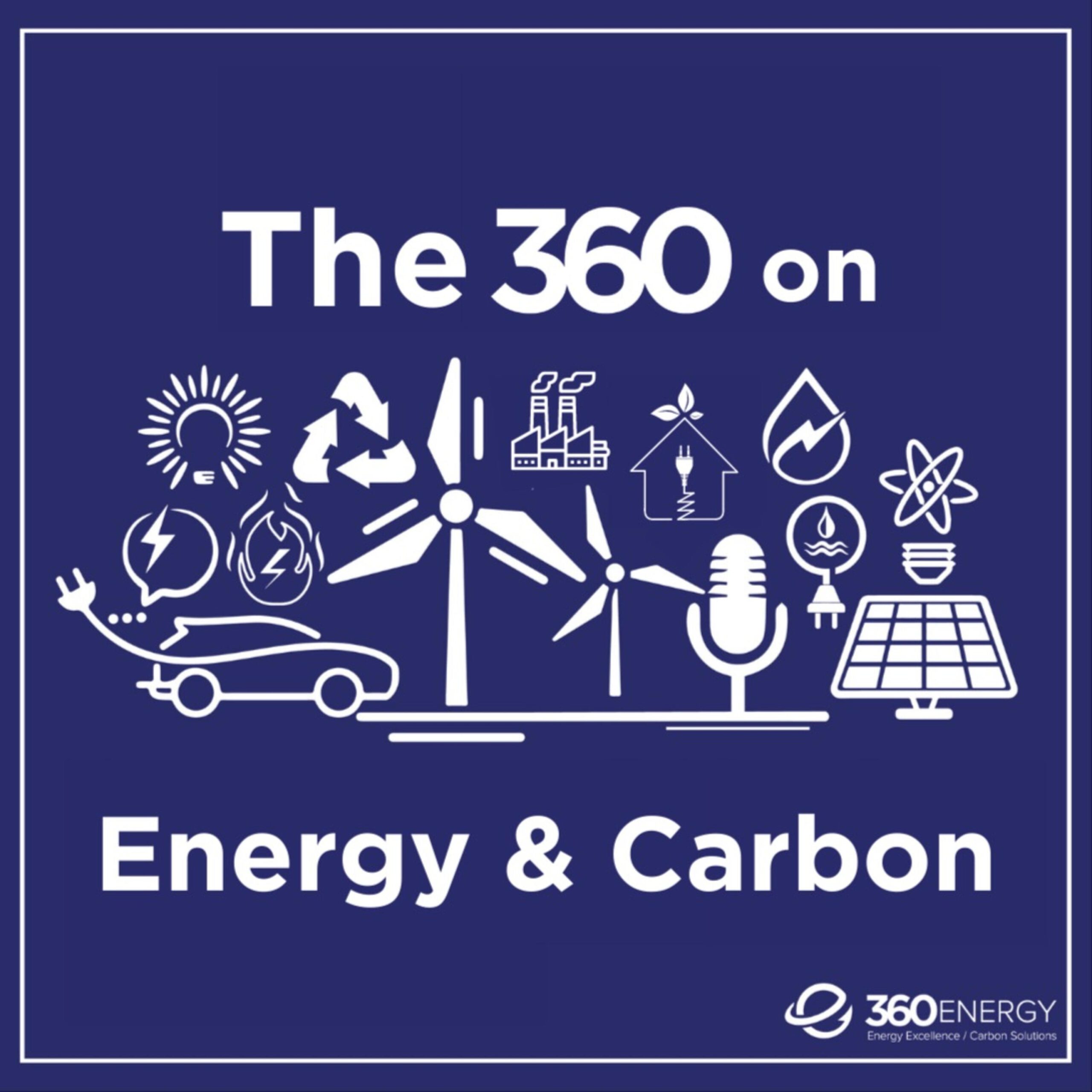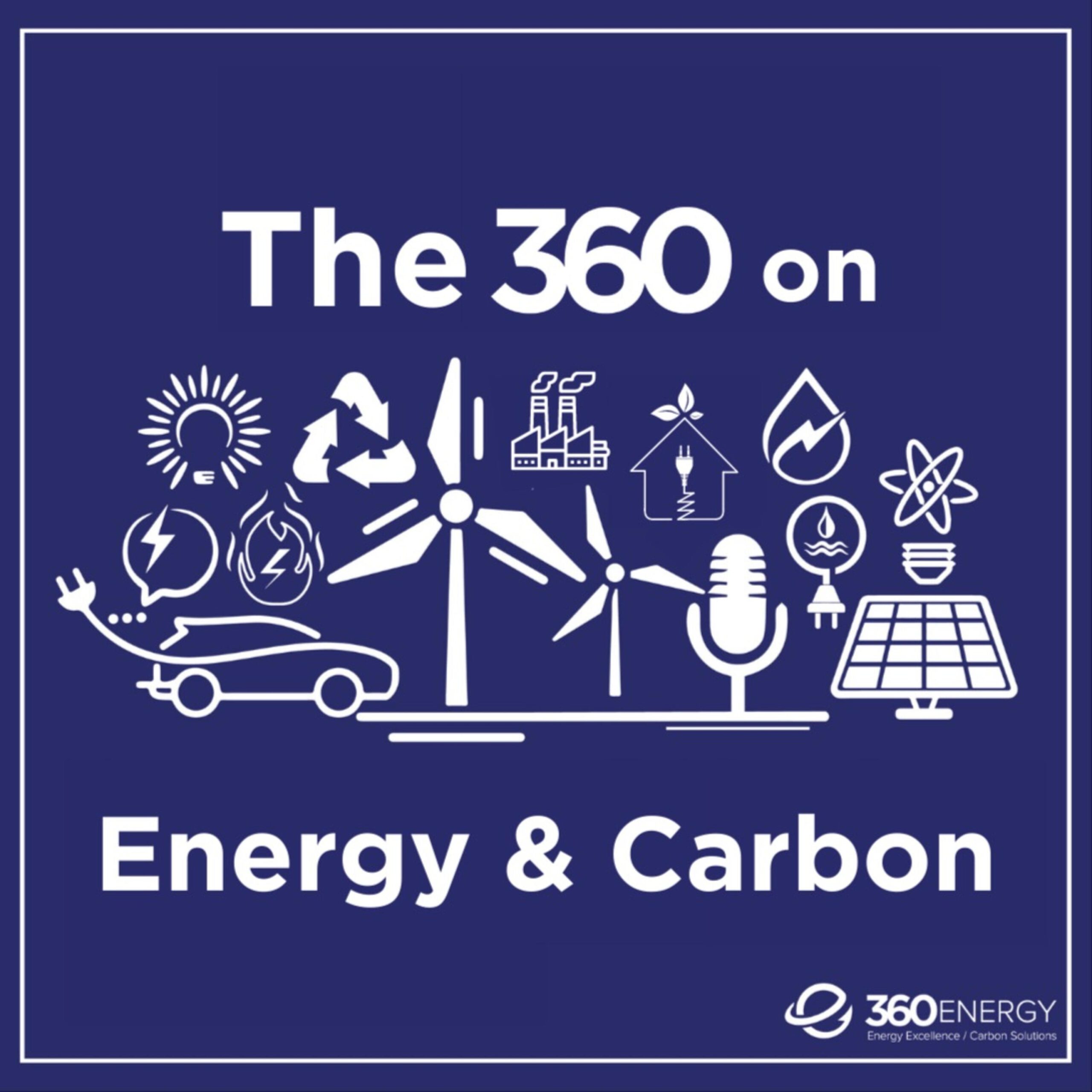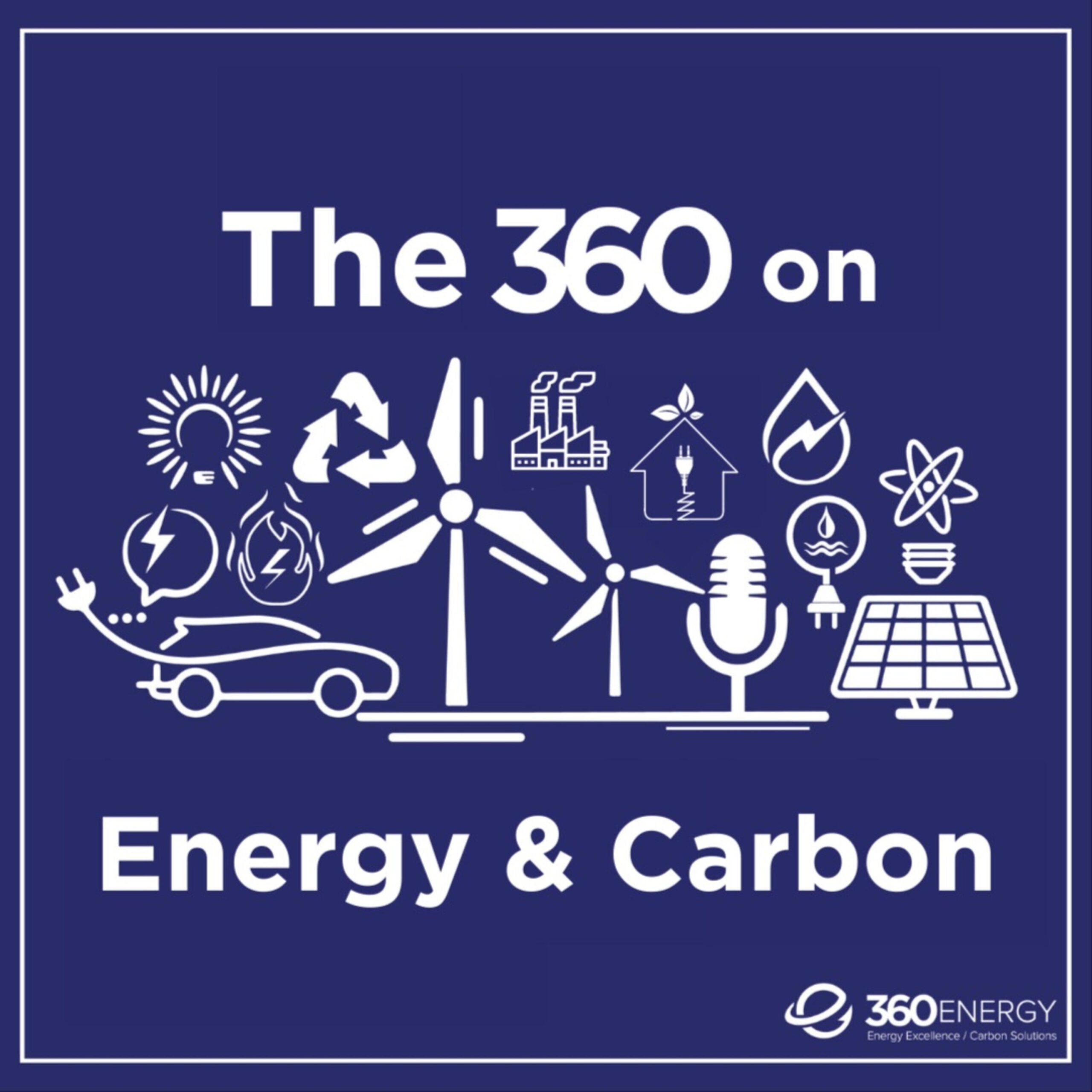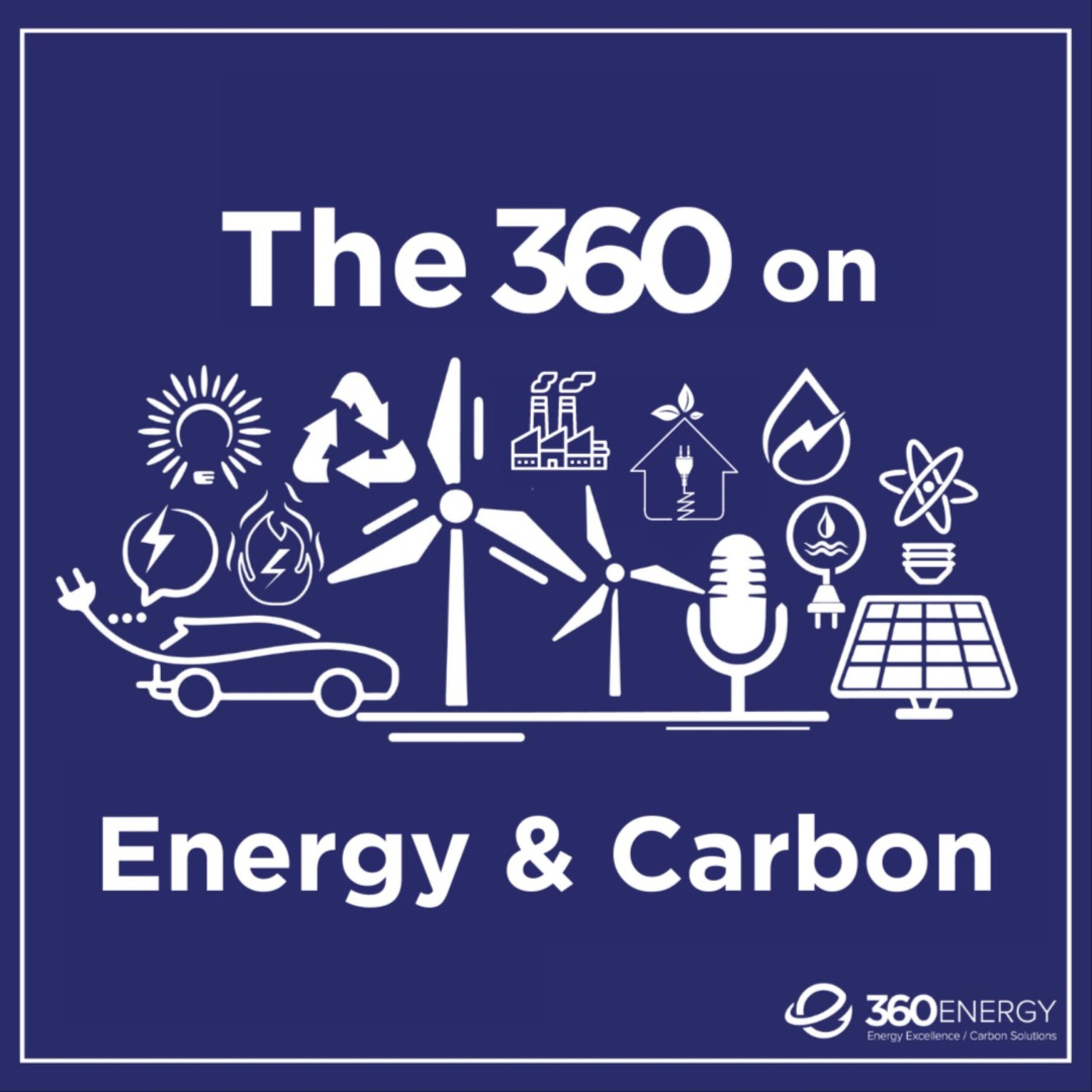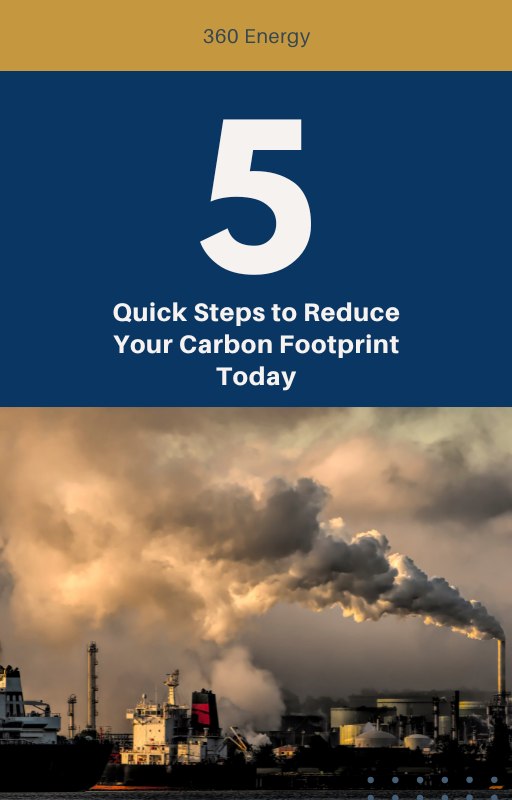“Missing the forest for the trees” is an ironic but appropriate expression when referring to our strategies to combat climate change.
We know our time is running out. The Intergovernmental Panel on Climate Change (IPCC) has recently noted that human-made emissions of greenhouse gases (GHGs) have increased across all major economic sectors since 2010 and the 2015 Paris Agreement’s goal of limiting climate warming to 1.5 degrees Celsius is, as UN Secretary-General António Guterres recently lamented in New York, “on life support.”
Despite all we’ve learned over decades, carbon dioxide emissions have never been higher than today. Why is humanity failing to act?
This is where the big climatic picture – the forest itself, rather than each individual tree – should come into view.

We remain so focused on reducing our own individual carbon footprint or on hoping for a massive, utopian dream of sudden systemic transformation of our larger global economic and energy systems, that we forget that primary force that is responsible for creating the climate crisis also possesses the power to resolve it: the world’s largest companies and their drive for profit.
It’s as simple as this: illuminate the pathway for companies to make ‘green profit’ by fighting climate change, rather than contributing to it. But how?
This is the question we’ve dedicated my career to answering. What I’ve found is that companies everywhere do recognize that climate change is real; markets, shareholders, and the public are all demanding greener practices and solutions, and they can indeed achieve savings and profits by cutting carbon in the name of energy efficiency – but they have no idea how to actually do so.
Many companies talk the talk, but need to be shown how to walk-the-walk.
They require a clear system or platform to detect, develop, implement, monitor, and make public for comparison (and scrutiny) the carbon reduction strategies, successes, and the clear profits achieved by companies becoming sustainable. On a global scale, companies large and small need to track how climate change is impacting their internal costs, profits, and losses.
If a company makes more money than they lose by transforming their energy use and consumption practices, and if they’re given a blueprint to do so, then we’re on our way to solving the climate crisis.
Let’s be honest: making corporate profits go “green” has been discounted by many, and so-called green capitalism has been labelled by countless writers and environmentalists as a nefarious plot by corporate elite to brainwash, or “greenwash” the masses into paying for their own climatic disaster; framing their eventual destruction as present-day salvation.
Changing this misunderstanding are North American companies truly ‘going green’ and excelling in the process. Take the recent case of Maple Leaf foods, which recently became the world’s first carbon neutral food production company, and turned heads globally by showing how a company that changes corporate practice to accommodate society and the environment captures a greater market share and garners positive public opinion. Or, take the case of Samuel, Son, and Co. which reduced carbon outputs, energy consumption, and their use of materials, even in an industry as energy-intensive as metal, steel, and industrial manufacturing and production.

With the knowledge we have, the tools at our disposal, and increasingly brilliant understandings of how new, energy efficient practices can work within the planetary boundaries of Earth, it’s imperative we act immediately, however each of us can. For me, it’s helping companies profit by becoming carbon neutral and energy efficient, allowing business and nature to co-exist peacefully. I know this can be done because we’ve helped companies travel down this path.
Our window to net-zero and 1.5 Degrees Celsius is fast closing. If we are to have any hope of passing through it, we must show companies wanting to help that there’s a pathway, and a profit to be made – today – in saving the climate of tomorrow.
